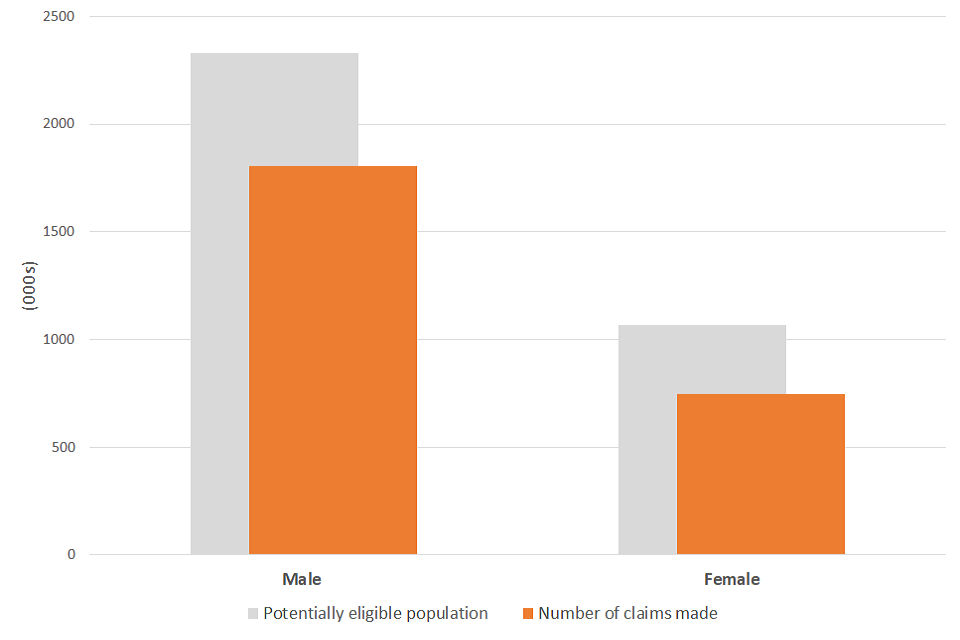How to complete a tax return if you received a COVID self-employment grant
If you received a Self-Employment Income Support Scheme (SEISS) grant and are struggling to find where to add this information on your tax return you are not alone. The Low Incomes Tax Reform Group (LITRG) has provided a guide for that very reason.

The LITRG is warning people who have claimed grants that this income is taxable and that they must make sure they complete their tax returns accurately by including the grants in the correct place.
The first three SEISS grants should be included in 2020/21 self-assessment tax returns, which many self-employed and partnerships are currently completing.
But LITRG is concerned that some SEISS grant claimants are unaware that these grants are taxable income and subject to income tax and self-employment National Insurance contributions. This means that some people may exclude SEISS grant income from their tax return altogether and thereby submit an incorrect return to HMRC and not pay all of the tax they owe.
“Self-employed taxpayers are contacting us asking what they need to do with their SEISS grants because they have not seen or understood HMRC’s guidance,” said Head of LITRG Victoria Todd. “As this is the first time the SEISS grants have had to be included in a tax return it is understandable that some errors may be made.”
“Unfortunately, the situation is compounded as HMRC cannot pre-populate the SEISS grants on the tax return, so it is up to the claimant to decide which of the SEISS grants should be included on a particular tax return and ensure that it is included in the correct box. There are additional complexities for taxpayers who have multiple trades or are in a partnership.”
Victoria Todd, Head of LITRG
Important Information on SEISS grant and tax returns
- The first three SEISS grants must be included as taxable income in the 2020/21 tax year regardless of the accounting period for the self-employed business or partnership. The only exception is for partners whose SEISS grants have been paid into their business partnership and then distributed as per the Partnership Agreement.
- Class 2 NIC must be paid when profits are above the Small Profit Threshold which is £6,475 and £3.05 per week. Class 4 NIC is calculated at 9% for profits between £9,500 and £50,000 and 2% on profits above £50,000.
- For most SEISS claimants the first three grants must be included on their 2020/21 tax returns and the fourth and fifth grants should be included on their 2021/22 tax return.
- If you have more than one self-employment trade and have claimed the SEISS grants you need to apportion the grants between the different trades in a reasonable way.
- If a partner’s SEISS grants are distributed amongst the partners as per the Partnership Agreement then the way the SEISS grants are included on the tax returns will be different to other claimants.


